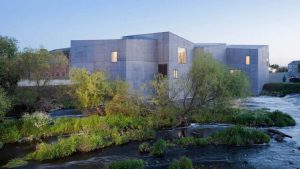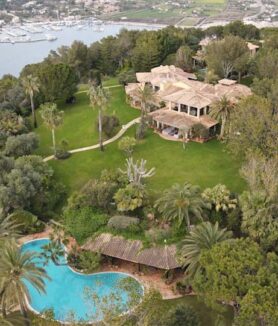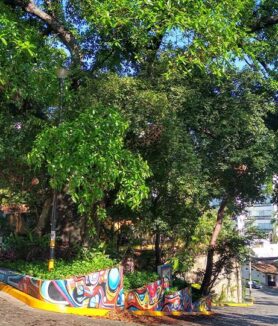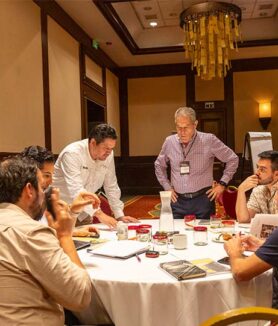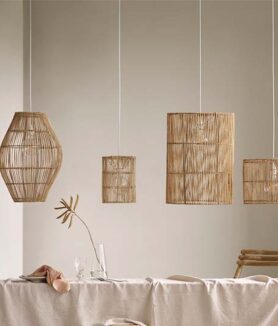Lattices are an ancient design that architects around the world are using today to cool buildings and not install air conditioners as a solution to climate change.
These are an architectural element that consists of a structure of stone, wood or metal, with glass panels or grid, which is used as a decorative element, to provide ventilation, light and shade. Its use has been given since ancient times in different cultures and continents.
 In Mexico, lattices have been used for centuries to create unique facades, enrich styles and adapt the environment to the architecture. This tradition dates back to the pre-Hispanic period, when the inhabitants of the region built buildings with latticework to control light and heat. During the colonial era, latticework was a common element in architecture, both for private and religious buildings. Lattices were also used to create a separation between the interior spaces and the exterior environment, providing greater privacy for the inhabitants. This became more evident in colonial architecture, where murals and patios with latticework were built. Nowadays, lattices have become a common decoration element in many Mexican cities and in the world, and they are becoming an environmental necessity.
In Mexico, lattices have been used for centuries to create unique facades, enrich styles and adapt the environment to the architecture. This tradition dates back to the pre-Hispanic period, when the inhabitants of the region built buildings with latticework to control light and heat. During the colonial era, latticework was a common element in architecture, both for private and religious buildings. Lattices were also used to create a separation between the interior spaces and the exterior environment, providing greater privacy for the inhabitants. This became more evident in colonial architecture, where murals and patios with latticework were built. Nowadays, lattices have become a common decoration element in many Mexican cities and in the world, and they are becoming an environmental necessity.
Why has the use of lattices returned?
Because the construction sector has a big climate problem. Emissions from buildings reached their highest level in 2019, representing 38% of global CO2 emissions. Cooling buildings can be very energy intensive, and the number of air conditioning units worldwide is expected to more than triple by 2050, consuming as much electricity as all of India and China today.
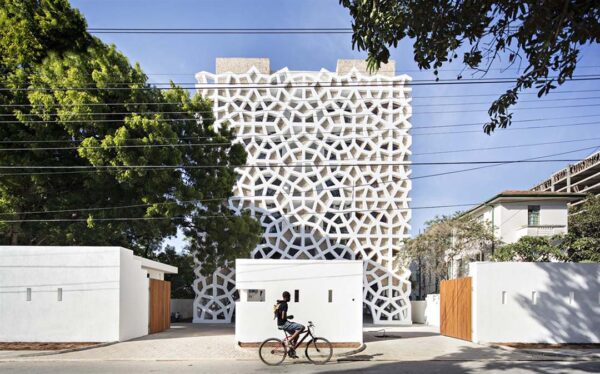
At the same time, heat waves are becoming longer and more intense around the world. Faced with this challenge, some architects are taking inspiration from previous solutions, including the traditional latticework as an ecological answer to the problems of sustainable cooling and ventilation.
Passive cooling techniques and building envelopes (which help separate the interior of the building from the outside environment) provide significant thermal comfort by lowering the interior temperature, eliminating the need for air conditioning, which can result in energy savings of up to 70%.
The lattices are not typical of any region or culture, although they present many differences, the objective is the same: cooling and light control. But there are places in the world where latticework is an art, such as India or Islamic countries, where it is called jaali. Now, in their search for sustainable cooling solutions, architects are reviving this ancient design to build comfortable, low-carbon buildings.
How does it work?
The louver’s cooling function is based on the Venturi effect in a similar way to an air conditioning unit. When the air passes through the holes, it gains speed and penetrates far. Due to the small openings, the air is compressed and when released it cools.

The rise of modern cooling techniques restricted the use of the lattice, but concerns about global warming are shifting focus towards its revival. Traditional architectural forms have proven their performance in combating environmental conditions. Perforated facades are becoming popular worldwide among architects who focus on sustainable envelopes.
The lattice also helps to achieve the necessary lighting level naturally, since artificial lights are not required during the day. The degree of perforation varies according to the lighting needs for comfort and the need to dissipate the sun’s radiation.
A one meter gap between the building and the latticework produces an airy, shaded chamber effect. The space between the two “skins” acts as a vent.
Technological advances have made lattices increasingly dynamic. Drawing on biomimetics, the science of developing non-biological systems inspired by nature, the lattice’s dynamic facades are intended to mimic thermal adaptation methods found in nature. Inspired by the texture of human skin, these facades help buildings breathe through thousands of pores.
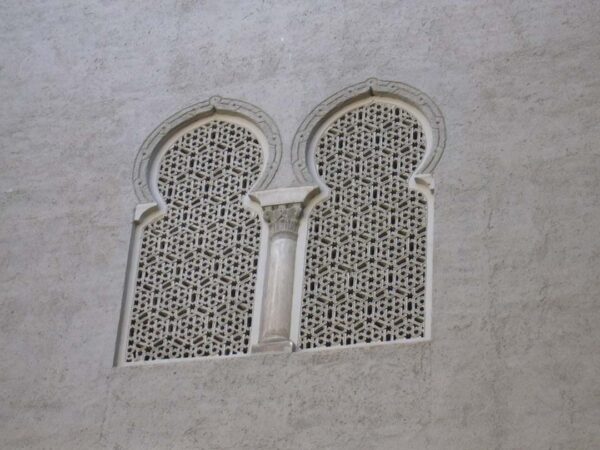
The design is inspired by jaali (Indian latticework) and its version in the Arab world, mashrabiya, which generally uses wood and reduces the amount of direct sunlight on the building by approximately 20%. There are motorized mashrabiyas that open and close in response to the movement of the sun to allow indirect natural light into the building.
The dynamic screen is placed two meters from the building and is programmed to respond to the movement of the sun to reduce glare and improve daylight penetration. As the sun moves, the entire mashrabi is already moving with it to provide shade. The design has resulted in a 40% saving in carbon emissions.
The problems of the solution
Although latticework is experiencing a renaissance, there are concerns about whether the holes in the facades protect the occupants from pests and insects. Additionally, movable or kinetic façades often involve time-consuming and costly design and manufacturing processes.
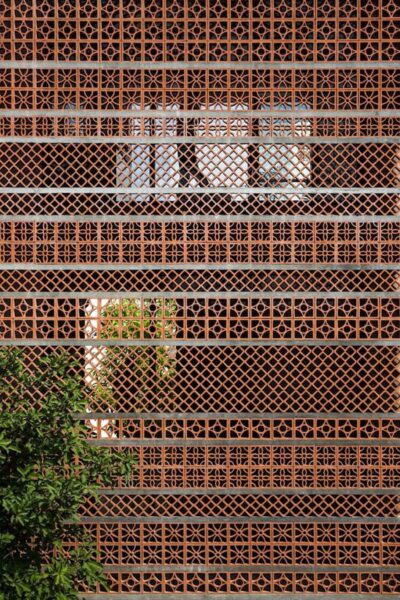
Using traditional building materials, such as marble, for modern construction may not be feasible or cost-effective, and one material may not suit all climates.
Most lattices today are made of medium-density fiberboard, concrete, brick, wood, stone, PVC, or plaster. Louvers also differ in their performance in different climates, which means screen design must be based on weather conditions – there is no one-size-fits-all solution.
Despite these limitations, louvers help create energy efficient buildings by providing natural lighting and ventilation. Traditional technique is the key to creating an environmentally and economically viable architecture
If you want to read more news about art and architecture visit: https://propertyjournal.com.mx/art-architecture/



